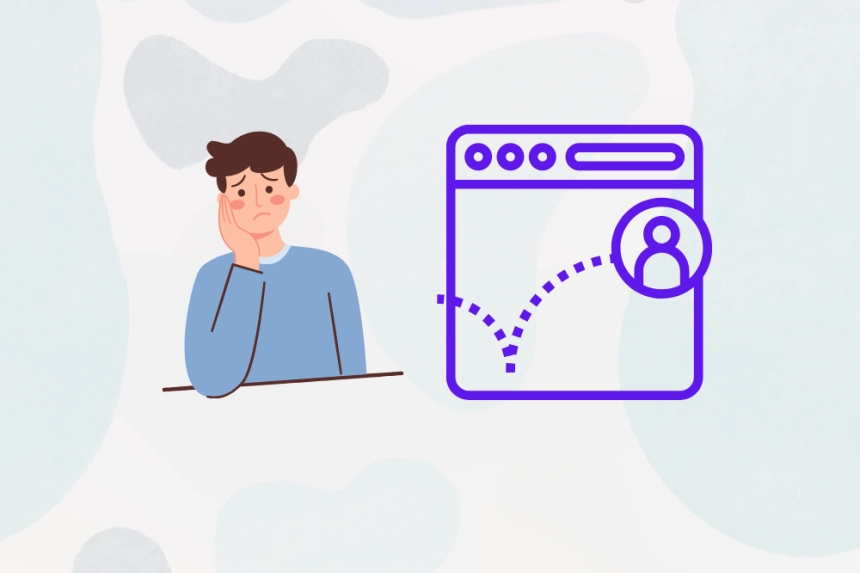What is Bounce Rate and why is it important?


Bounce Rate is a crucial metric in the world of digital marketing and web analytics. In this article, we will delve deeply into what Bounce Rate is, how it is calculated, and why it is important for optimizing the performance of a website.
What is Bounce Rate?
Bounce Rate refers to the percentage of visitors who access a page on a website and leave without interacting with other pages within the same domain. In other words, a "bounce" occurs when a user visits a page and does not take any further action, such as visiting another page, clicking on a link, filling out a form, or making a purchase.
How is Bounce Rate Calculated?
The formula for calculating Bounce Rate is quite simple:
Bounce Rate = (Number of Bounced Sessions / Total Sessions) x 100
- Number of Bounced Sessions: Refers to the total number of users who left the site after visiting only one page.
- Total Sessions: Is the total number of visits that the website received in a given period.
For example, if a site had 1,000 visits in a month and 300 of them were bounces, the Bounce Rate would be 30%.
Why is Bounce Rate Important?
Bounce Rate is an essential metric for several reasons:
1. Indicator of Content Relevance
A high Bounce Rate can indicate that users do not find the content relevant or interesting. This provides an important signal to site owners regarding the quality of their content and its ability to capture user attention.
2. Impact on SEO
Search engines, such as Google, use Bounce Rate as a ranking factor. If users leave a website quickly, search engines may consider the content unhelpful, which could negatively affect its ranking in search results.
3. Improvements in User Experience
A high Bounce Rate may signal problems in the user experience. This includes slow load times, unattractive design, or confusing navigation. Analyzing this metric allows site owners to identify areas for improvement.
What Considerations Should You Keep in Mind?
1. Type of Website
Bounce Rate can vary significantly among different types of websites. For example, an informational blog may experience a higher Bounce Rate than an online store, as users may read an article and leave without visiting other pages. It is important to contextualize the bounce rate based on the type of content.
2. User Intent
User intent plays a fundamental role in Bounce Rate. If a user arrives on a page and finds the answer to their immediate question, they may leave without further interaction. In this case, a high Bounce Rate might not be as negative.
Strategies to Reduce Bounce Rate
If your website's Bounce Rate is high and you want to improve it, here are some effective strategies:
1. Improve Content
Ensure that your site’s content is relevant, useful, and engaging for your audience. Conduct keyword research to optimize your content.
2. Optimize Load Speed
The loading speed of a website is critical. Use tools like Google PageSpeed Insights to identify areas for improvement and ensure your site operates efficiently.
3. Improve Navigation
A website with intuitive navigation makes it easier for users to find what they are looking for and can reduce the bounce rate. Use clear and structured menus.
4. Use Calls to Action (CTAs)
Including buttons or links for calls to action can keep users engaged and encourage them to explore more content on your site.
5. A/B Testing
Conduct A/B tests to experiment with different designs and content formats. This will allow you to identify which changes may help reduce the bounce rate effectively.
Conclusion
Bounce Rate is a significant metric that deserves attention if you want to optimize your website’s performance. A high Bounce Rate can indicate problems with content or user experience, while a low rate may reflect a well-designed and engaging website. By understanding and monitoring this metric, you can implement effective strategies to improve user engagement and ultimately achieve your digital marketing goals.






